Opinion & Analysis
Swing speed: How do you compare?

How fast a golfer swings the club has had an increasingly higher correlation to how much money the top PGA Tour professionals make in recent years—this is no secret.
What has been a secret, until now, is how fast other golfers your age swing and how you compare. No one has known, or if they have, they didn’t share it. We are going to reveal in this article, based on the research and data we have been collecting for over six years, where you stand compared to where you could be. No longer will you be held captive to father time and the belief that you are doomed to get worse with age!
After reading this article, you will see what is possible for you, depending on where you are in your golf life based on the cold, hard facts of science. The data sample we have is almost 800 golfers large and ranges from ages 10 to 80. The really cool thing about this article, though, is that we aren’t stopping there. We are then going to dive into the top three tests that you can do at home that correlate to clubhead speed at an incredibly high level.
If you find yourself in the 25th percentile for club speed but 90th percentile for the power tests, you have more speed in you right this second, we just have to get it out of you. It might be figuring out which of your four rotary centers are locked up or could be a simple nervous system fix such as over-speed training. All it takes is a simple assessment and application of the correct fix and you are good to go!
If, however, your swing speed is in the 75th percentile and your power numbers are only in the 25th percentile, you are swinging faster than your body can handle. The only way you are getting faster and minimizing the risk of injury is by improving your physical abilities.
You are likely already maximizing your equipment and technique as far as they will take you at this moment. Your low-hanging fruit is in either the mobility or the power quadrants of speed. This is again easily determined with a simple assessment so that you can apply the correct fix to your problem. If, however, you skipped the assessment and just started over-speed training or something other than what you actually needed, your likelihood for injury is probably quite high.
So let’s get into it…
STEP 1 – Power Assessment
The three tests that we measured in our research to look at their relationship to club speed were standing shot put from both sides (6 lb medicine ball), seated chest pass (6 lb medicine ball) and vertical jump. The correlations for each test to club speed for the entire sample are below. A correlation of 1.0 means that there is an exact relationship between the two variables, a correlation of 0.0 means there is absolutely no relationship. As you can see, vertical jump had the lowest correlation while shot put right (strong side) had the strongest correlation.
Shot Put R 0.822
Shot Put Left 0.809
Seated Chest Pass 0.802
Vertical Jump 0.644
For a more in-depth look at each test’s correlations to the club speed within each specific age group, I would encourage you to download the entire free report here.
Below are the charts for the power tests and their percentiles for each age group (click the image to expand)
Each of these tests is the first step for you to take to objectively assess where you are in terms of your ability to produce power. Complete each test, write down your numbers and then write down what percentile you fall into.
The next step is putting in your swing speed, assessing the relationship and then coming up with a plan.
Step 2 – Swing Speed Assessment
This is the one everyone is excited about. Find your age group bracket and see where you fall in the percentiles. Write this number and your percentile down and compare it to your power numbers. See anything interesting yet?
Swing Speed Data Table
| Percentiles | 25th | 50th | 75th | 90th | 99th |
| 10-13 years old | |||||
| Males | 73.0 | 82.0 | 90.1 | 98.0 | 104.6 |
| Females | 70.7 | 77.3 | 82.6 | 87.9 | 95.1 |
| 14-16 years old | |||||
| Males | 98.5 | 103.9 | 107.8 | 111.5 | 115.1 |
| Females | 85.0 | 87.2 | 92.2 | 96.4 | 101.8 |
| 17-29 years old | |||||
| Males | 108.8 | 112.9 | 117.3 | 122.1 | 127.2 |
| Females | 87.0 | 93.4 | 96.6 | 98.8 | 102.3 |
| 30-39 years old | |||||
| Males | 102.2 | 107.9 | 112.3 | 118.3 | 128.5 |
| Females | |||||
| 40-49 years old | |||||
| Males | 97.0 | 100.8 | 106.1 | 110.4 | 114.5 |
| Females | NA | NA | NA | NA | NA |
| 50-59 years old | |||||
| Males | 96.5 | 100.2 | 104.0 | 109.4 | 114.3 |
| Females | 72.7 | 73.9 | 80.9 | 86.0 | 87.4 |
| 60-69 years old | |||||
| Males | 87.6 | 94.0 | 97.8 | 100.2 | 104.0 |
| Females | 71.9 | 73.5 | 75.2 | 76.7 | 79.6 |
| 70+ years old | |||||
| Males | 84.6 | 93.7 | 96.9 | 100.2 | 107.5 |
| Females | 69.1 | 71.1 | 72.1 | 72.9 | 73.0 |
Step 3 – Asses Mobility
This is the most important step but also the least exciting. In order to complete step four, which is going to be coming up with your plan, you need to know how your mobility is at your four main rotary centers. Normally we charge $10 for this at-home assessment, but since you are reading it here at GolfWRX we are giving it to you for free.
Click here to download the free assessment.
Once you complete these simple mobility tests, we’ll give you the email to send your results to so we can send you some simple fixes complementary.
Write down your mobility results next to your power numbers, swing speeds and your percentiles for all categories. At this point, you should have a simple yet clear picture of you as a golfer.
Step 4 – Your Plan
This is where the magic happens. At this point, you have done more than 90 percent of golfers, golf instructors, and golf fitness gurus. You assessed objectively where you are today, all the major physical quadrants of your power profile. And it should not have taken you more than 15 minutes.
Now, look at all your numbers and first, identify any mobility restrictions you have. These are the most important ones to address first. Without question. Do the fixes we send you.
Next, take a look at your power percentiles vs. your club speed percentile.
Three Possible Outcomes
More RPM Under the Hood
If your power percentiles are higher than your speed percentile, you have more speed in your tank right this instant, we just need to let it out!
Fix any mobility restrictions you have and that will gain you speed. If you had no mobility restrictions, solutions such as over-speed training could be huge for you! That being said, avoid high volume protocols. We have found in some of our other research that you can gain the same speed numbers with a lot fewer swings. If you’re interested in learning more about these, stay tuned. I would also recommend looking at your equipment for ideal fit and your technique for maximal efficiency. Your solutions could lie in those areas as well.
The Ticking Time Bomb
If your power percentiles were lower than your speed percentile, you are swinging faster than your body wants to. You likely have optimized your equipment and technique to a degree. You are essentially defying nature. This sounds great until you understand the injury risk potential that exists for you.
Making sure your mobility is up to par is step one. If you want a sure-fire way to assure injury, swing faster than your body is capable of handling and do it without rotational mobility. Guaranteed poor outcome in that situation.
The next thing you need to do is get involved in a golf performance program of some sort that works on the specific areas of detriment that were identified in the power testing.
This doesn’t mean to start training the tests, however. This means that you should be implementing exercises and drills that train up the skills necessary to maximize power output in a pushing, rotational and vertical manner. Depending on your training experience and background, oftentimes seeking out help from a professional in designing this part of the solution is a wise move.
The Balanced Golfer
If you find that all your percentiles were pretty much the same, congratulations! You are a balanced golfer. As with the other two types, check your mobility and make sure you close any gaps there first. The next step for you will likely be a balance approach of technique, equipment, mobility, and strength conditioning for golf.
Once you figure out where you land, you likely will have questions about where to go next. Please don’t hesitate to reach out to us for complimentary calls to discuss your results and give you suggestions of what to do next.
Happy speed gains!
- LIKE147
- LEGIT17
- WOW7
- LOL2
- IDHT2
- FLOP5
- OB1
- SHANK58
Opinion & Analysis
Ryan: Why the race to get better at golf might be doing more harm than good

B.F. Skinner was one of the most important psychologists of the 20th century, developing the foundation of the development of reinforcement, and in doing so, creating the concept of behaviorism. In simple terms, this means that we are conditioned by our habits. In practical terms, it explains the divide between the few and far between elite instructors and college coaches.
To understand the application, let’s quickly review one of B.F. Skinner’s most important experiments; superstitions in the formation of behavior by pigeons. In this experiment, food was dispensed to pigeons at random intervals. Soon, according to Skinner, the pigeons began to associate whatever action they were doing at the time of the food being dispensed. According to Skinner, this conditioned that response and soon, they simply haphazardly repeated the action, failing to distinguish between cause and correlation (and in the meantime, looking really funny!).
Now, this is simply the best way to describe the actions of most every women’s college golf coach and too many instructors in America. They see something work, get positive feedback and then become conditioned to give the feedback, more and more, regardless of if it works (this is also why tips from your buddies never work!).
Go to a college event, particularly a women’s one, and you will see coaches running all over the place. Like the pigeons in the experiment, they have been conditioned into a codependent relationship with their players in which they believe their words and actions, can transform a round of golf. It is simply hilarious while being equally perturbing
In junior golf, it’s everywhere. Junior golf academies make a living selling parents that a hysterical coach and over-coaching are essential ingredients in your child’s success.
Let’s be clear, no one of any intellect has any real interest in golf — because it’s not that interesting. The people left, including most coaches and instructors, carve out a small fiefdom, usually on the corner of the range, where they use the illusion of competency to pray on people. In simple terms, they baffle people with the bullshit of pseudo-science that they can make you better, after just one more lesson.
The reality is that life is an impromptu game. The world of golf, business, and school have a message that the goal is being right. This, of course, is bad advice, being right in your own mind is easy, trying to push your ideas on others is hard. As a result, it is not surprising that the divorce rate among golf professionals and their instructors is 100 percent. The transfer rate among college players continues to soar, and too many courses have a guy peddling nefarious science to good people. In fact, we do at my course!
The question is, what impact does all this have on college-age and younger kids? At this point, we honestly don’t know. However, I am going to go out on a limb and say it isn’t good.
Soren Kierkegaard once quipped “I saw it for what it is, and I laughed.” The actions of most coaches and instructors in America are laughable. The problem is that I am not laughing because they are doing damage to kids, as well as driving good people away from this game.
The fact is that golfers don’t need more tips, secrets, or lessons. They need to be presented with a better understanding of the key elements of golf. With this understanding, they can then start to frame which information makes sense and what doesn’t. This will emancipate them and allow them to take charge of their own development.
- LIKE13
- LEGIT4
- WOW1
- LOL2
- IDHT0
- FLOP1
- OB0
- SHANK10
19th Hole
Vincenzi’s 2024 Valspar Championship betting preview: Elite ballstrikers to thrive at Copperhead
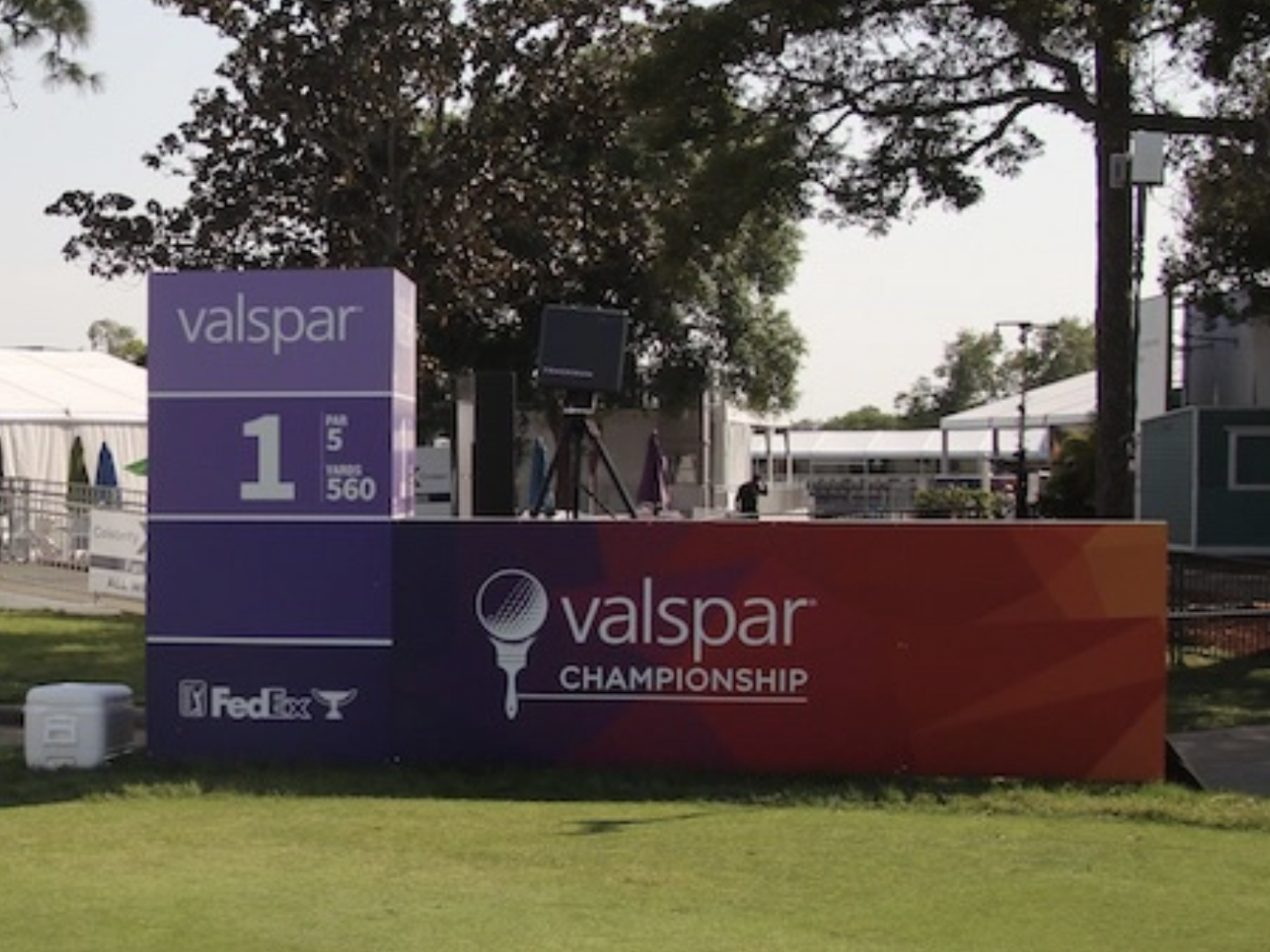
The PGA TOUR will stay in Florida this week for the 2024 Valspar Championship.
The Copperhead Course at Innisbrook Resort is a par 71 measuring 7,340 yards and features Bermudagrass greens overseeded with POA. Infamous for its difficulty, the track will be a tough test for golfers as trouble lurks all over the place. Holes 16, 17 and 18 — also known as the “Snake Pit” — make up one of the toughest three-hole stretches in golf and should lead to a captivating finish on Sunday.
The field is comprised of 156 golfers teeing it up. The field this week is solid and is a major improvement over last year’s field that felt the impact of players skipping due to a handful of “signature events” in a short span of time.
Past Winners at Valspar Championship
- 2023: Taylor Moore (-10)
- 2022: Sam Burns (-17)
- 2021: Sam Burns (-17)
- 2019: Paul Casey (-8)
- 2018: Paul Casey (-10)
- 2017: Adam Hadwin (-14)
- 2016: Charl Schwartzel (-7)
- 2015: Jordan Spieth (-10)
In this article and going forward, I’ll be using the Rabbit Hole by Betsperts Golf data engine to develop my custom model. If you want to build your own model or check out all of the detailed stats, you can sign up using promo code: MATTVIN for 25% off any subscription package (yearly is best value).
Key Stats For Copperhead
1. Strokes Gained: Approach
Strokes Gained: Approach grades out as the most important statistic once again this week. Copperhead really can’t be overpowered and is a second-shot golf course.
Total SG: Approach Over Past 24 Rounds (per round)
- Tony Finau (+.90)
- Nick Taylor (+.81)
- Justin Thomas (+.77)
- Greyson Sigg (+.69)
- Christiaan Bezuidenhout (+.67)
2. Good Drive %
The long hitters can be a bit limited here due to the tree-lined fairways and penal rough. Playing from the fairways will be important, but laying back too far will cause some difficult approaches with firm greens that may not hold shots from long irons.
Golfers who have a good balance of distance and accuracy have the best chance this week.
Good Drive % Over Past 24 Rounds
- Brice Garnett (+91.3%)
- Zach Johnson (+91.1%)
- Sam Ryder (+90.5%)
- Ryan Moore (+90.4%)
- Aaron Rai (+89.7%)
3. Strokes Gained: Ball Striking
Adding ball-striking puts even more of a premium on tee-to-green prowess in the statistical model this week. Golfers who rank highly in ball-striking are in total control of the golf ball which is exceedingly important at Copperhead.
SG: Ball Striking Over Past 24 Rounds:
- Xander Schauffele (+1.32)
- Keith Mitchell (+1.29)
- Tony Finau (+1.24)
- Cameron Young (+1.17)
- Doug Ghim (+.95)
4. Bogey Avoidance
With the conditions likely to be difficult, avoiding bogeys will be crucial this week. In a challenging event like the Valspar, oftentimes the golfer who is best at avoiding mistakes ends up on top.
Gritty golfers who can grind out difficult pars have a much better chance in an event like this than a low-scoring birdie-fest.
Bogey Avoidance Over Past 24 Rounds
- Brice Garnett (+9.0)
- Xander Schauffele (+9.3)
- Austin Cook (+9.7)
- Chesson Hadley (+10.0)
- Greyson Sigg (+10.2)
5. Strokes Gained: Total in Difficult Conditions
Conditions will be tough this week at Copperhead. I am looking for golfers who can rise to the occasion if the course plays as difficult as it has in the past.
Strokes Gained: Total in Difficult Conditions Over Past 24 rounds
- Xander Schauffele (+1,71)
- Min Woo Lee (+1.39)
- Cameron Young (+1.27)
- Jordan Spieth (+1.08)
- Justin Suh (+.94)
6. Course History
That statistic will tell us which players have played well at Copperhead in the past.
Course History Over Past 24 rounds
- Patrick Cantlay (+3.75)
- Sam Burns (+2.49)
- Davis Riley (+2.33)
- Matt NeSmith (+2.22)
- Jordan Spieth (+2.04)
The Valspar Championship Model Rankings
Below, I’ve compiled overall model rankings using a combination of the five key statistical categories previously discussed — SG: Approach (27%), Good Drive % (15%), SG: BS (20%), Bogeys Avoided (13%), Course History (13%) Strokes Gained: Total in Difficult Conditions (12%).
- Xander Schauffele
- Doug Ghim
- Victor Perez
- Greyson Sigg
- Ryan Moore
- Tony Finau
- Justin Thomas
- Sam Ryder
- Sam Burns
- Lucas Glover
2024 Valspar Championship Picks
Justin Thomas +1400 (DraftKings)
Justin Thomas will be disappointed with his finish at last week’s PLAYERS Championship, as the past champion missed the cut despite being in some decent form heading into the event. Despite the missed cut, JT hit the ball really well. In his two rounds, the two-time major champion led the field in Strokes Gained: Approach per round.
Thomas has been up and down this season. He’s missed the cut in two “signature events” but also has finishes of T12 at the Arnold Palmer Invitational, T12 at the Waste Management Phoenix Open, T6 at the Pebble Beach AT&T Pro-Am and T3 at the American Express. In his past 24 rounds, he ranks 3rd in the field in Strokes Gained: Approach and 6th in Strokes Gained: Ball Striking in the field.
Thomas loves Copperhead. In his last three tries at the course, he’s finished T13, T3 and T10. Thomas would have loved to get a win at a big event early in the season, but avoidable mistakes and a balky putter have cost him dearly. I believe a trip to a course he loves in a field he should be able to capitalize on is the right recipe for JT to right the ship.
Christiaan Bezuidenhout +6000 (FanDuel)
Christiaan Bezuidenhout is playing spectacular golf in the 2024 season. He finished 2nd at the American Express, T20 at Pebble Beach and T24 at the Genesis Invitational before finishing T13 at last week’s PLAYERS Championship.
In his past 24 rounds, the South African ranks 3rd in the field in Strokes Gained: Approach and 26th in Strokes Gained: Ball Striking. Bezuidenhout managed to work his way around TPC Sawgrass last week with minimal damage. He only made five bogeys in the entire week, which is a great sign heading into a difficult Copperhead this week.
Bezuidenhout is winless in his PGA Tour career, but certainly has the talent to win on Tour. His recent iron play tells me that this week could be a breakthrough for the 35-year-old who has eyes on the President’s Cup.
Doug Ghim +8000 (FanDuel)
Doug Ghim has finished in the top-16 of his past five starts. Most recently, Ghim finished T16 at The PLAYERS Championship in a loaded field.
In his past 24 rounds, Ghim ranks 8th in Strokes Gained: Approach and 5th in Strokes Gained: Ball Striking. In terms of his fit for Copperhead, the 27-year-old ranks 12th in Bogey Avoidance and 7th in Strokes Gained: Total in Difficult Conditions, making him a great fit for the course.
Ghim has yet to win on Tour, but at one point he was the top ranked Amateur golfer in the world and played in the 2017 Arnold Palmer Cup and 2017 Walker Cup. He then won the Ben Hogan award for the best male college golfer in 2018. He certainly has the talent, and there are signals aplenty that his talent in ready to take him to the winner’s circle on the PGA Tour.
Sepp Straka +8000 (BetRivers)
Sepp Straka is a player who’s shown he has the type of game that can translate to a difficult Florida golf course. The former Presidents Cup participant won the 2022 Honda Classic in tough conditions and should thrive with a similar test at Copperhead.
It’s been a slow 2024 for Straka, but his performance last week at the PLAYERS Championship surely provides some optimism. He gained 5.4 strokes on approach as well as 1.88 strokes off the tee. The tee-to-green game Straka showed on a course with plenty of danger demonstrates that he can stay in control of his golf ball this week.
It’s possible that the strong performance last week was an outlier, but I’m willing to bet on a proven winner in a weaker field at a great number.
Victor Perez +12000 (FanDuel)
Victor Perez is no stranger to success in professional golf. The Frenchman has three DP World Tour wins including a Rolex Series event. He won the 2019 Alfred Dunhill Links Championship, as well as the 2023 Abu Dhabi HSBC Championship, which are some big events.
Perez earned his PGA Tour card this season and enters the week playing some fantastic golf. He finished in a tie for 16th in Florida at the Cognizant Classic and then tied for third in his most recent start at the Puerto Rico Open.
In his past 24 rounds in the field, Perez ranks 11th in Strokes Gained: Approach, 1oth in Strokes Gained: Ball Striking, 6th in Good Drive % and 15th in Bogey Avoidance.
Perez comes in as a perfect fit for Copperhead and offers serious value at triple-digit odds.
- LIKE16
- LEGIT3
- WOW2
- LOL1
- IDHT0
- FLOP1
- OB2
- SHANK6
Opinion & Analysis
Myrtle Beach, Explored: February in South Carolina
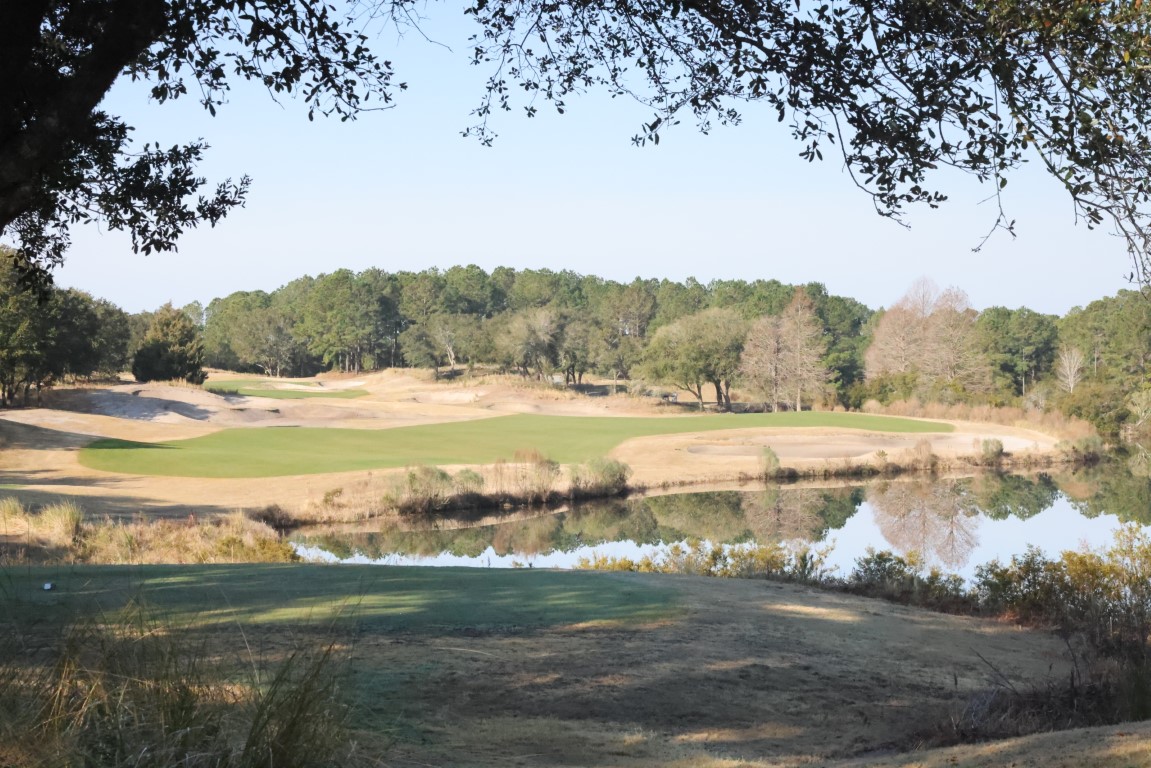
As I gain in experience and age, and familiarity breeds neither contempt nor disdain, I understand why people return to a place. A destination like Myrtle Beach offers a sizable supply and diversity of restaurants, entertainment venues, and shops that are predicated on the tenets of the service industry. Greet your customers with a smile and a kind word, and they will find comfort and assurance. Provide them with a memorable experience and they will suggest your place of business to others.
My first tour of Myrtle Beach took place in the mid-1980s, and consisted of one course: Gator Hole. I don’t remember much from that day, and since Gator Hole closed a decade later, I cannot revisit it to recollect what I’d lost. Since then, I’ve come to the Grand Strand a few times, and been fortunate to never place a course more than once. I’ve seen the Strantz courses to the south and dipped my toe in the North Carolina courses of Calabash. I’ve been to many in the middle, including Dunes, Pine Lakes, Grande Dunes among them.
2024 brought a quartet of new courses, including two at the Barefoot Resort. I’d heard about the North Myrtle Beach four-pack of courses that highlight the Barefoot property, including layouts from Pete Dye, Tom Fazio, Davis Love III, and Greg Norman. I had the opportunity to play and shoot the Dye and Fazio tracks, which means that I’ll have to return to see the other two. Sandwiched between them were the TPC-Myrtle Beach course, also from Tom Fazio, and the Pawley’s Plantation trace, by the hand of Jack Nicklaus. I anticipated a bit of the heroic, and bit of the strategic, and plenty of eye candy. None of those architects would ever be considered a minimalist, so there would be plenty of in-play and out-of-play bunkers and mounds to tantalize the senses.
My nephew arrived a few days early, to screen a few more courses. As a result, you the reader will have an extra quarter of mini-reviews, bringing the total of courses in this piece to eight. It was inconceivable that CJR would play four courses that I had never played nor photographed, but that was the case. His words appear at the end of this piece. We hope that you enjoy the tour.
Main Feature: Two Barefoots, a TPC, and Pawley’s Plantation
What Paul “Pete” Dye brought back from his trips to the United Kingdom, hearkened back to what C.B. MacDonal did, some 65 years prior. There is a way of finding bunkers and fairways, and even green sites, that does not require major industrial work. The Dye course at Barefoot Resorts takes you on a journey over the rumpled terrain of distant places. If there’s one element missing, it’s the creased and turbulent fairways, so often found in England and Ireland. The one tenet of playing a Dye course, is to always aim away from temptation, from where your eyes draw you. Find the safe side of the target, and you’ll probably find your ball. It then stands that you will have a shot for your next attempt. Cut the corner, and you might have need to reload. The Barefoot course begins gently, in terms of distance, but challenges with visual deception. After two brief 4s and a 3, the real work begins. The course is exposed enough, to allow the coastal winds to dance along the fairways. Be ready to keep the ball low and take an extra club or two.
If memory serves, TPCMB is my first trek around a TPC-branded course. It had all the trappings of a tour course, from the welcome, through the clubhouse, to the practice facilities and, of course, the course. TPC-Myrtle Beach is a Tom Fazio design, and if you never visit Augusta National, you’ll now have an idea of what it is like. You play Augusta’s 16th hole twice at TPCMB, and you enjoy it both times. Fazio really likes the pond-left, green-angle-around par three hole, and his two iterations of it are memorable.
You’ll also see those Augusta bunkers, the ones with the manicured edges that drop into a modestly-circular form. What distinguishes these sand pits is the manner in which they rise from the surrounding ground. They are unique in that they don’t resemble the geometric bunkering of a Seth Raynor, nor the organic pits found in origin courses. They are built, make no mistake, and recovery from them is manageable for all levels of bunker wizardry.
If you have the opportunity to play the two Tom Fazio courses back to back, you’ll notice a marked difference in styling. Let me digress for a moment, then circle back with an explanation. It was written that the NLE World Woods course designed by Fazio, Pine Barrens, was an homage to Pine Valley, the legendary, New Jersey club where Fazio is both a member and the architect on retainer. The Pine Barrens course was plowed under in 2022, so the homage no longer exists. At least, I didn’t think that it existed, until I played his Barefoot Resort course in North Myrtle Beach.
Pine Valley might be described as an aesthetic of scrub and sand. There are mighty, forced carries to travers, along with sempiternal, sandy lairs to avoid. Barefoot Fazio is quite similar. If you’re not faced with a forced carry, you’ll certainly contend with a fairway border or greenside necklace of sand. When you reach the 13th tee, you’ll face a drive into a fairway, and you might see a distant green, with a notable absence: flagstick. The 13th is the icing on the homage cake, a callout of the 8th hole at Pine Valley. Numero Ocho at the OG has two greens, side by side, and they change the manner in which the hole plays (so they say.) At Barefoot Fazio, the right-side green is a traditional approach, with an unimpeded run of fairway to putting surface. The left-side green (the one that I was fortunate to play) demands a pitch shot over a wasteland. It’s a fitting tribute for the rest of us to play.
Be certain to parrot the starter, Leon’s, advice, and play up a deck of tees. Barefoot Fazio offers five par-three holes, so the fours and fives play that much longer. Remember, too, that you are on vacation. Why not treat yourself to some birdie looks?
The Jack Nicklaus course at Pawley’s Plantation emerged from a period of hibernation in 2024. The greens were torn up and their original contours were restored. Work was overseen by Troy Vincent, a member of the Nicklaus Architecture team. In addition, the putting corridors were reseeded with a hardier, dwarf bermuda that has experienced great success, all along the Grand Strand that is Myrtle Beach.
My visit allowed me to see the inward half first, and I understand why the resort wishes to conclude your day on those holes. The front nine of Pawley’s Plantation works its way through familiar, low country trees and wetlands. The back nine begins in similar fashion, then makes its way east, toward the marsh that separates mainland from Pawley’s Island. Recalling the powerful sun of that Wednesday morning, any round beginning on the second nine would face collateral damage from the warming star. Much better to hit holes 11 to close when the sun is higher in the sky.
The marshland holes (12 through 17) are spectacular in their raw, unprotected nature. The winds off the Atlantic are unrelenting and unforgiving, and the twin, par-three holes will remain in your memory banks for time’s march. In typical Golden Bear fashion, a majority of his putting targets are smallish in nature, reflecting his appreciation for accurate approach shots. Be sure to find the forgiving side of each green, and err to that portion. You’ll be grateful.
Bonus Coverage: Myrtlewood, Beechwood, Arrowhead, and King’s North
Arrowhead (Raymond Floyd and Tom Jackson)
A course built in the middle of a community, water threatens on most every hole. The Cypress 9 provides a few holes forcing a carried drive then challenge you with water surrounding the green. On Waterway, a drivable 2nd hole will tempt most, so make sure the group ahead has cleared the green.
Myrtlewood (Edmund Alt and Arthur Hills) and Beechwood (Gene Hamm)
A middle of the winter New Englander’s paradise. Wide open fairways, zero blind shots and light rough allow for shaking off the rust and plenty of forgiveness. A plethora of dog legs cause one to be cautious with every tee shot. Won’t break the bank nor the scorecard.
King’s North @ Myrtle Beach National (Arnold Palmer)
- LIKE2
- LEGIT0
- WOW0
- LOL0
- IDHT0
- FLOP1
- OB0
- SHANK1
-

 Whats in the Bag3 weeks ago
Whats in the Bag3 weeks agoScottie Scheffler WITB 2024 (March)
-

 19th Hole9 hours ago
19th Hole9 hours agoJohn Daly stuns fans into silence with brutal opening tee shot on PGA Tour Champions
-

 19th Hole3 weeks ago
19th Hole3 weeks agoPaulina Gretzky opens up on receiving death threats following DJ’s move to LIV Golf
-
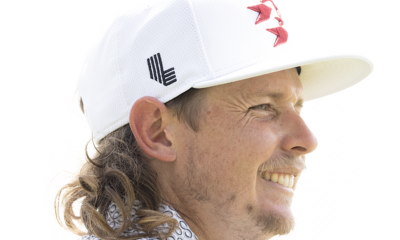
 19th Hole3 weeks ago
19th Hole3 weeks agoVincenzi’s LIV Golf Hong Kong betting preview: Trio of major champs primed for big week
-

 19th Hole4 days ago
19th Hole4 days ago2-time major champ announces shock retirement from the sport at age of 33
-

 19th Hole5 days ago
19th Hole5 days agoEdoardo Molinari reveals the latest PGA Tour golfer to turn down ‘good offer’ from LIV Golf
-

 19th Hole1 week ago
19th Hole1 week agoScottie Scheffler had an interesting response when asked how he ‘quiets the noise’ following Players victory
-

 19th Hole6 days ago
19th Hole6 days agoJon Rahm dealt fresh blow to hopes of qualifying for 2025 Ryder Cup

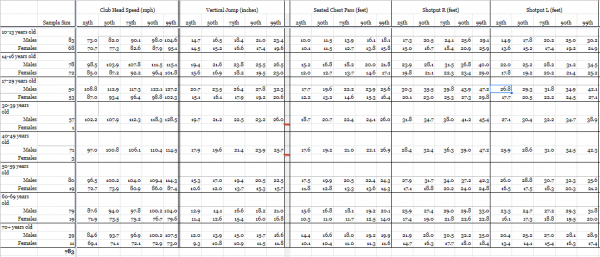












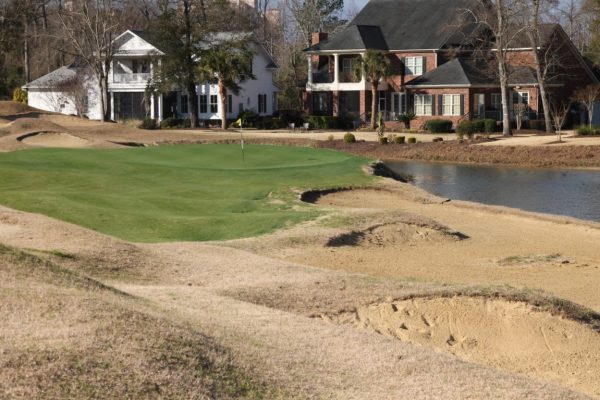
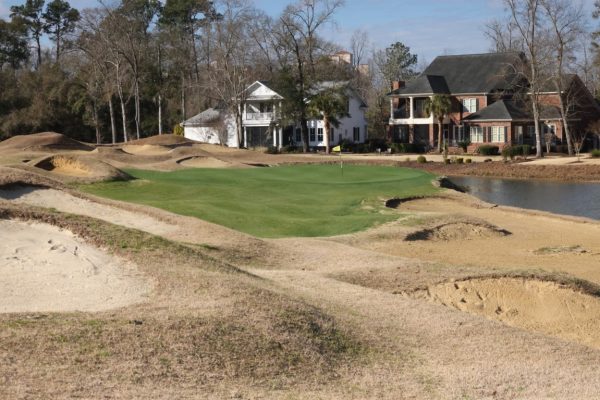
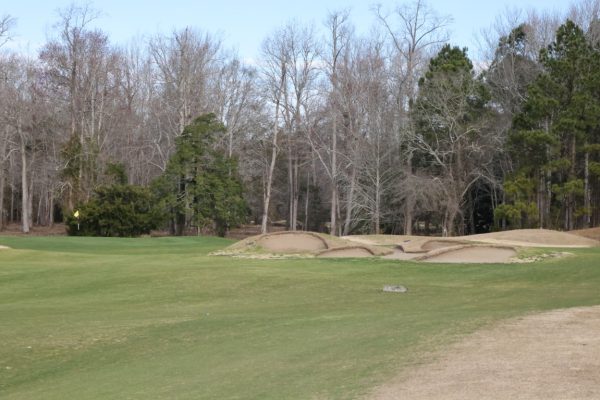
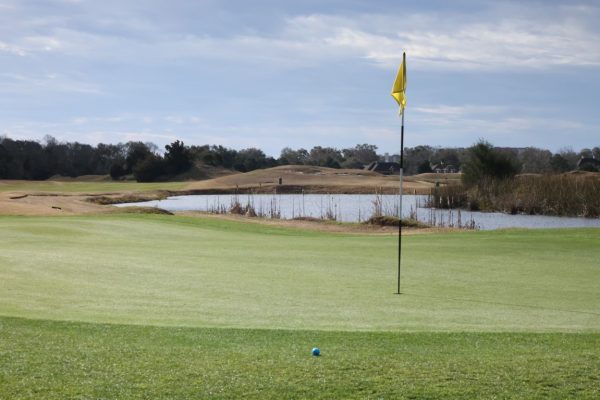
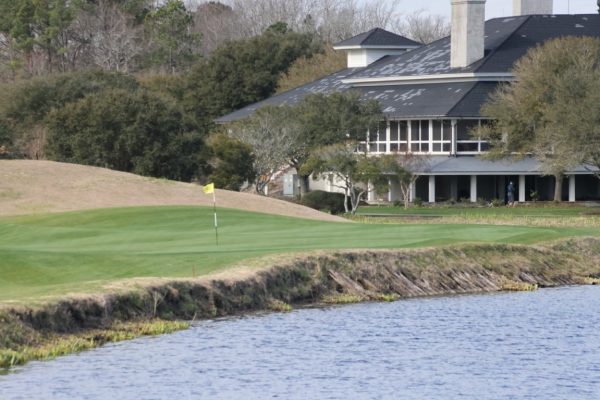
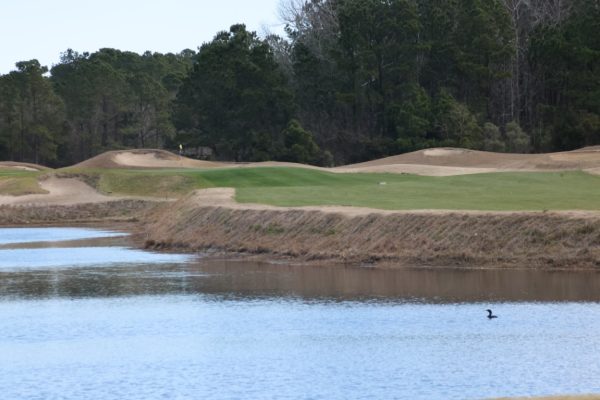
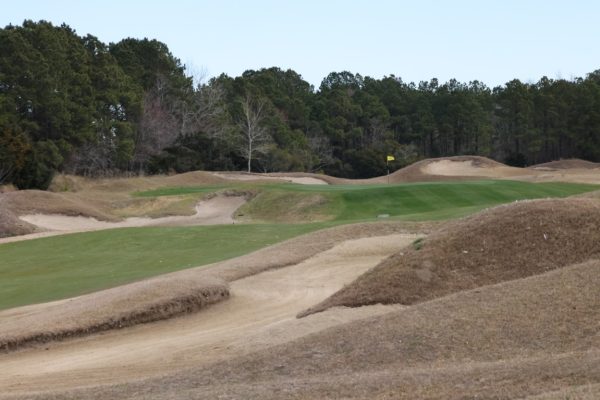
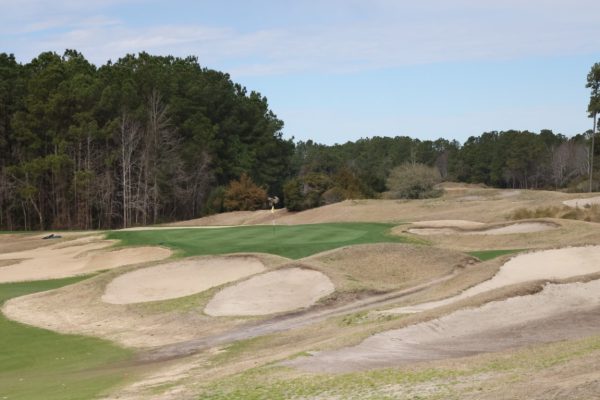
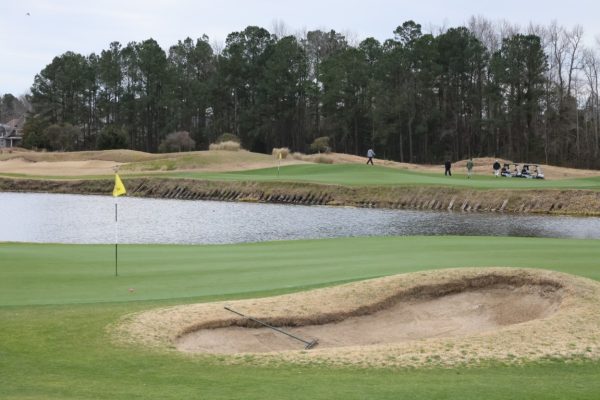

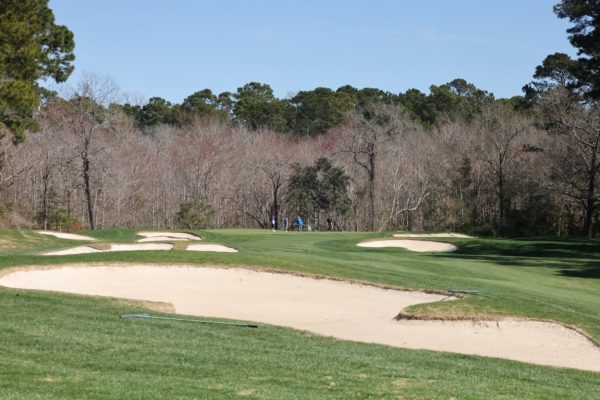
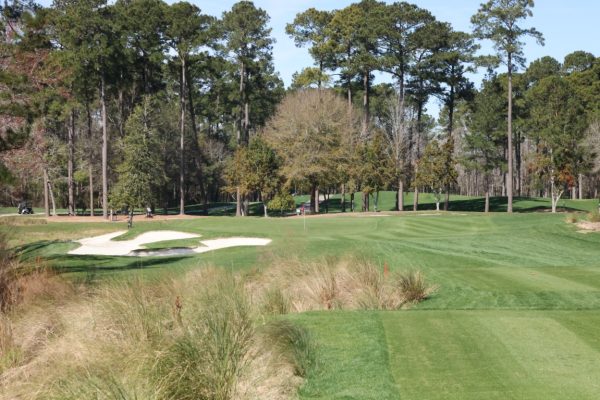
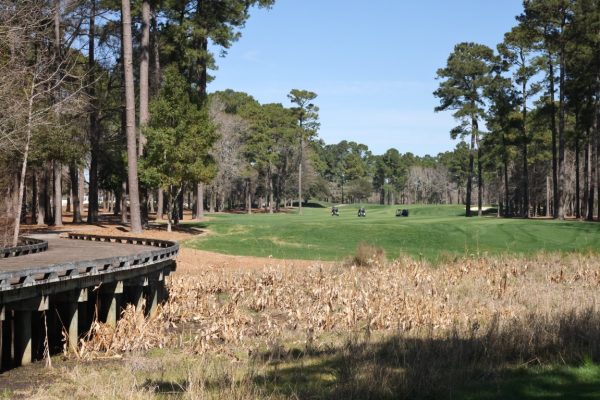
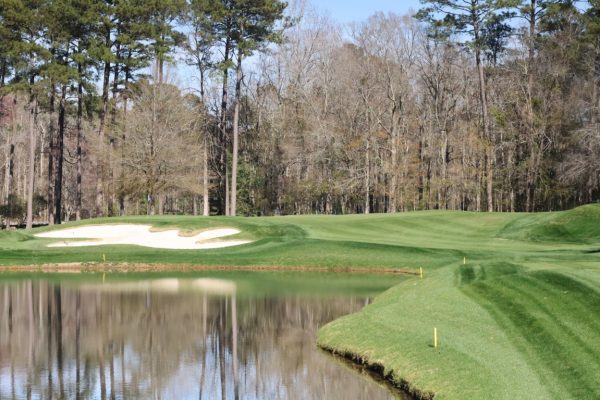
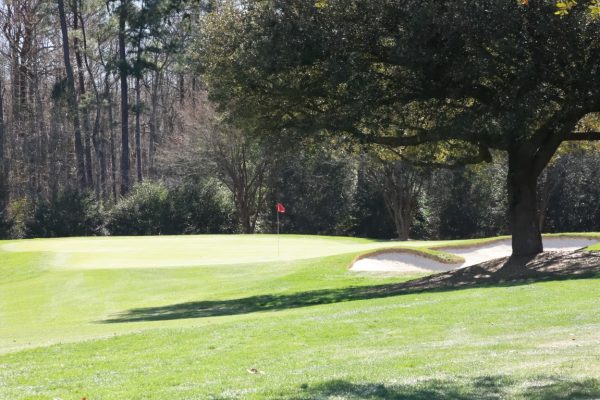
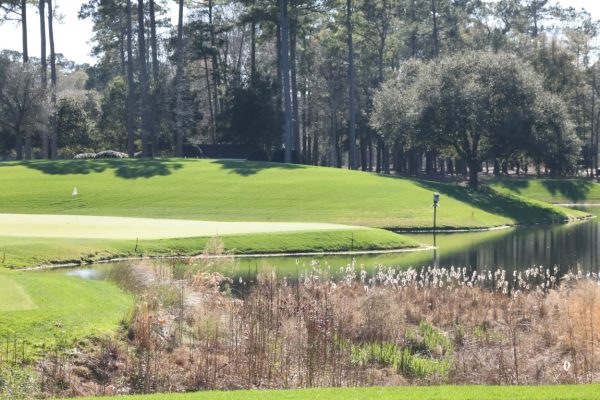
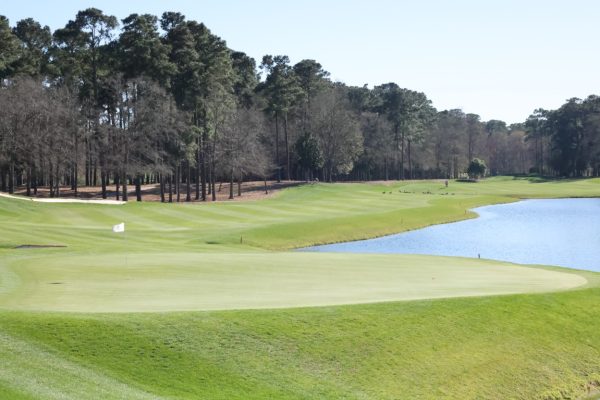
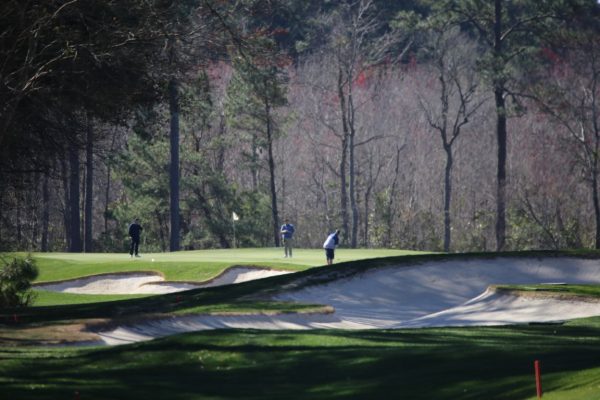
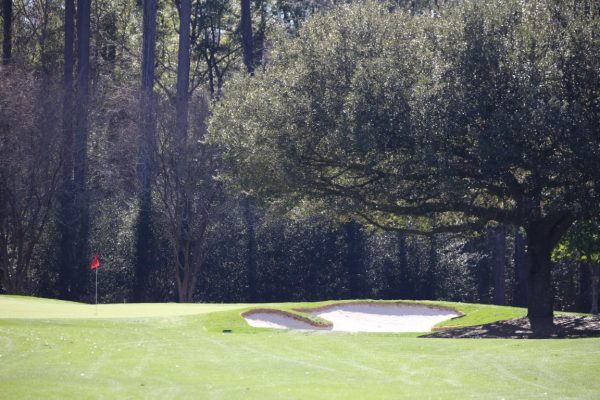
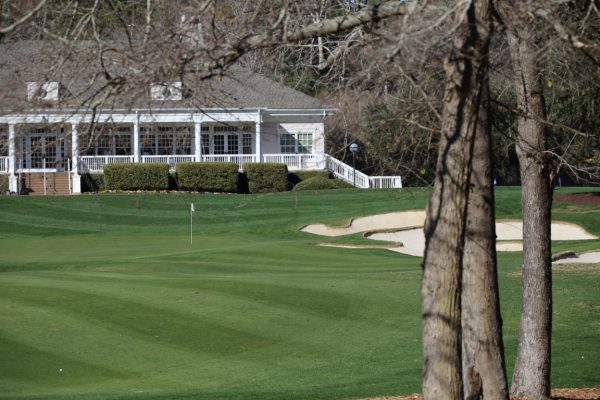
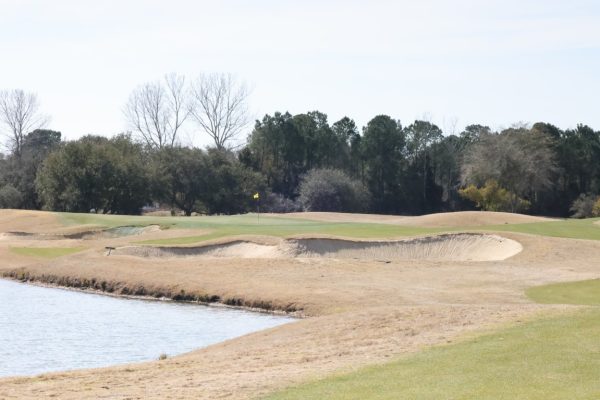
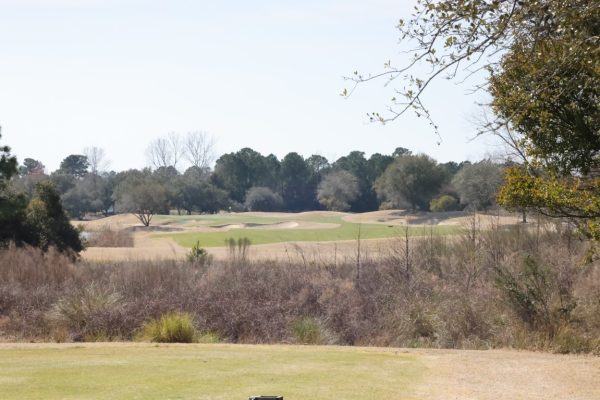
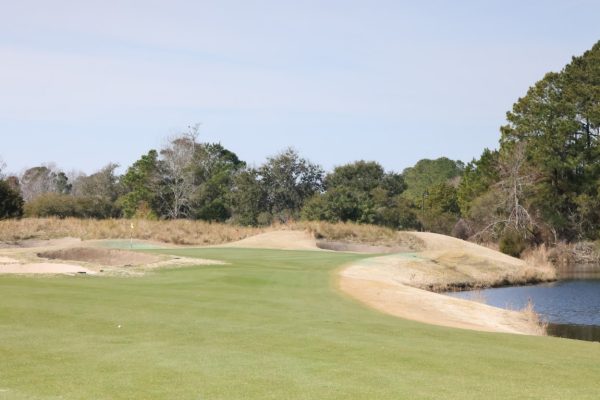
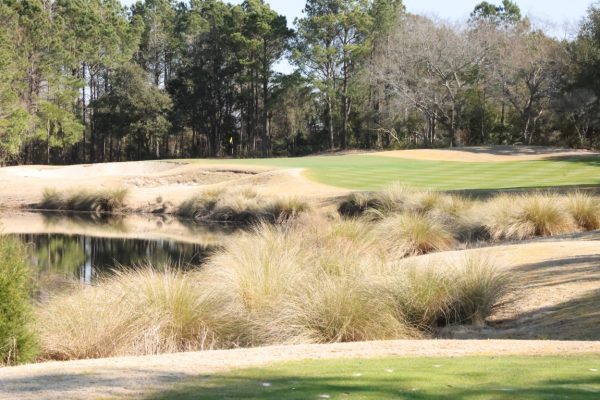
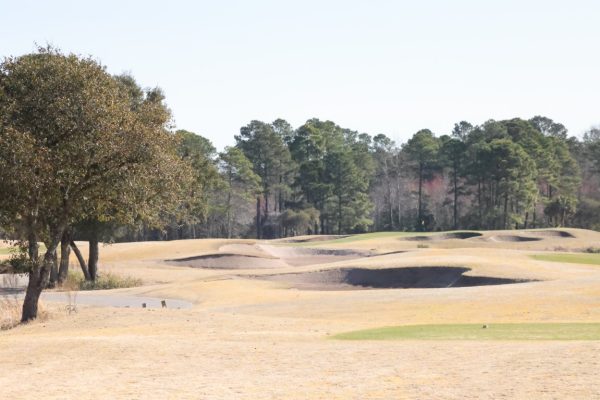

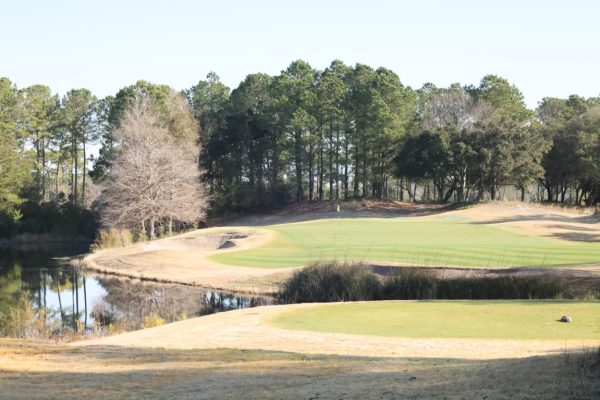
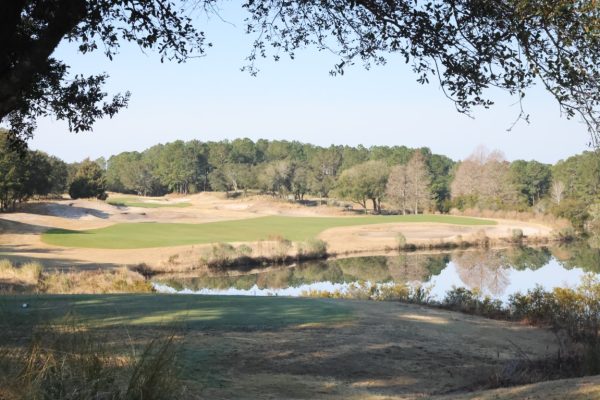
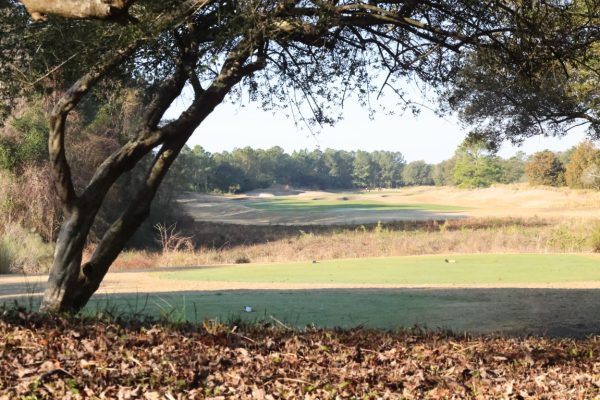
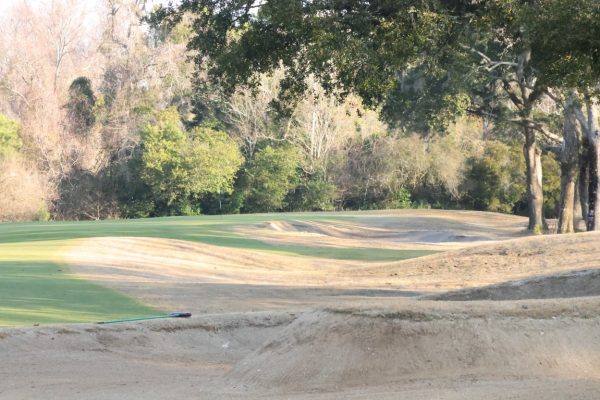
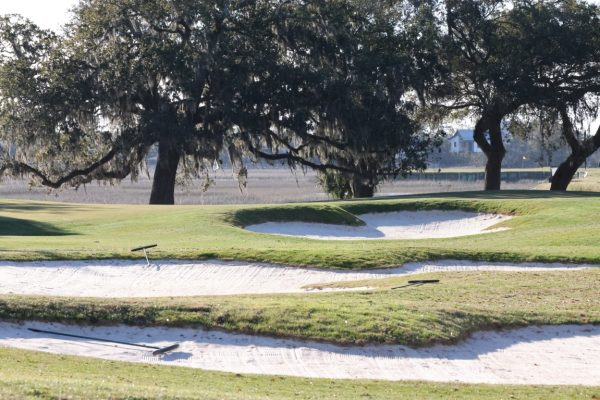
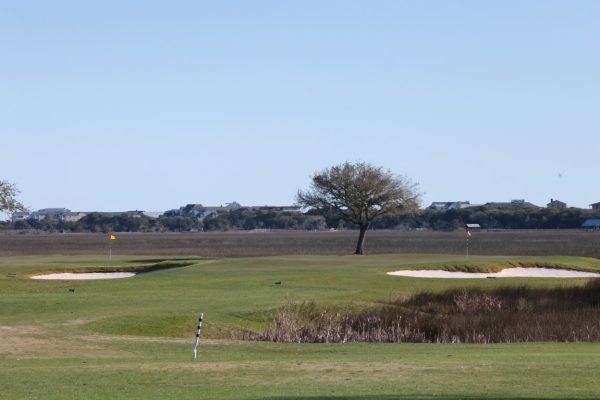
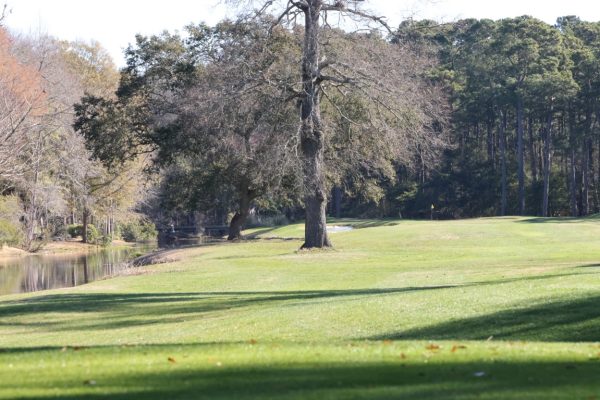
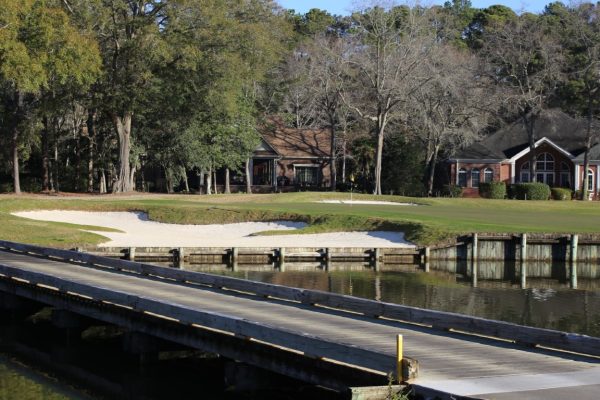
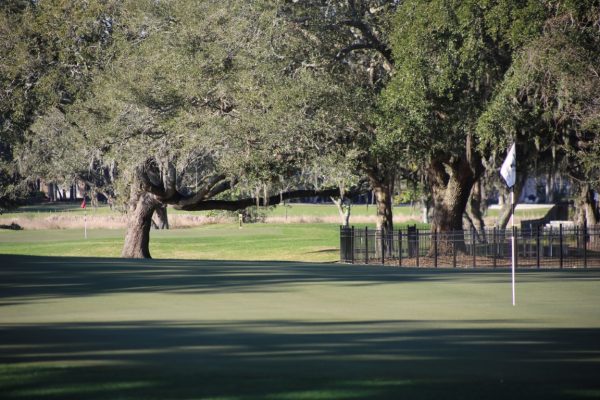
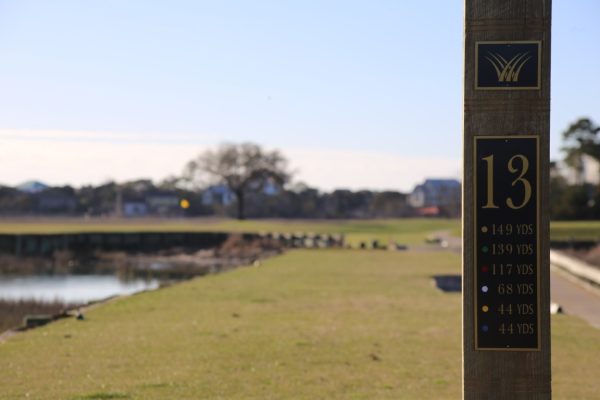
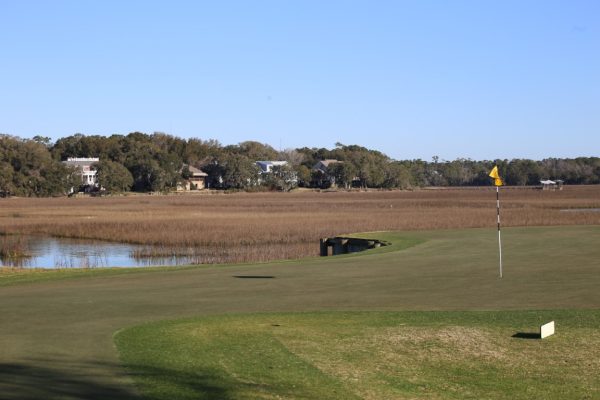
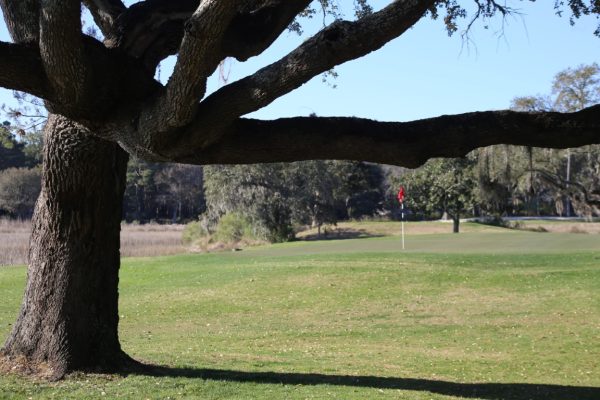
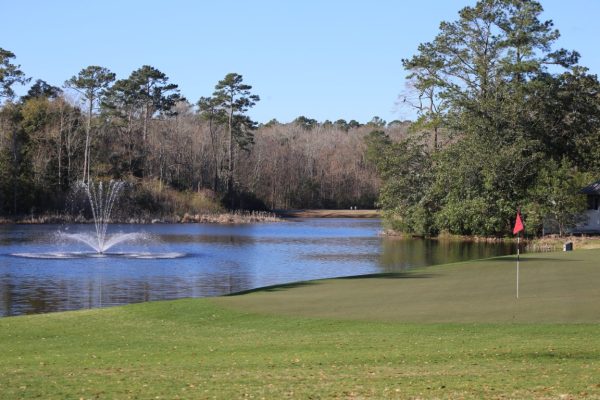
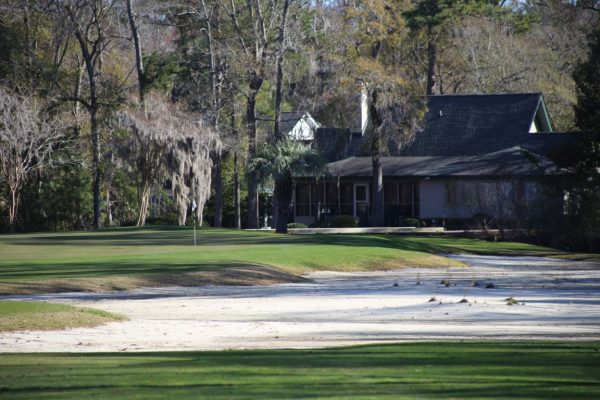














des
Aug 9, 2019 at 2:14 pm
Why stop at 70? How about us 88 year olds.
Steve Pratt
Aug 8, 2019 at 12:35 am
Hey Chris,
I want to know if the correlation goes both ways.
If I train and improve my shot put/chest press/vertical leap numbers can I expect equal percentage gains in clubhead speed? Let’s say those are the only 3 exercises I do.
Patricknorm
Aug 7, 2019 at 10:26 am
I forgot the author’s name, but again people struggle with statistics and their interpretation. I under these charts and can’t really disagree with the numbers based on the number of tournaments I play each year and the broad spectrum of abilities I play with. For example two of my kids ( male and female) played elite hockey and their swing speeds are precisely correct in the upper speed ranges. I’m 65 and play tournament golf and I’m about average for distances and often out driven by much faster swingers.
I’ve had both knees replaced so, my vertical jump and leg strength is terrible. I know if I strength my legs I’ll hit my driver further. Easier said than done.
Brett
Aug 6, 2019 at 1:00 pm
Are these all scratch players? Watching club fittings I rarely see people as fast as your 50% category
Chris Finn
Aug 9, 2019 at 4:17 pm
Thesea are handicappers ranging from scratch to in the 20’s. The biggest thing to consider here is that the 50th and ups generally are involved in a golf performance program which increases their speed and power numbers. These is your normal country club golfer spectrum
Revanant
Aug 6, 2019 at 11:37 am
These numbers seem way out of proportion.
If I’m in my 20s and in average shape, I should have tour average swing speed?
Chris Finn
Aug 9, 2019 at 4:27 pm
“Average” shape in your 20’s would put you in the 105-113 range most likely. Remember, though, there are 4 main factors that impact speed (equipment, technique, mobility & power). From a physical standpoint, most “average” shape guys in their 20’s likely have the ability physically to swing this fast, but technique and power output coordination will likely keep them short. It is important to take note of this sample size that the 17-29 year old sample size is mostly Div 1 golfers and professionals.
Skeptic 123
Aug 6, 2019 at 8:31 am
I’m guessing that it is just a statistical anomaly that the 99th percentile swing speed for 70+ is higher than for a 60-69 yr old. 107 for a septuagenarian is pretty unbelievable.
Chris Finn
Aug 6, 2019 at 9:57 am
totally!
Pinhigh27
Aug 6, 2019 at 6:06 am
Sample population isn’t representative of average people, maybe high level golfers. Average for 17-29 is 113? Give me a break, maybe among good players. 90th percentile 122?
Your people are more likely to swing faster to begin with because they’re probably better players and looking to swing faster.
When talking about average persons potential you need to use data from average people, not a highly skilled subset.
Large chris
Aug 6, 2019 at 4:35 am
The comparison between power output and swing speed percentiles is useful definitely, but the absolute percentile swing speed figures are ridiculous.
These presumably are just test results of serious golfers who have been at your facility. No way the median 50% of male golfers in their thirties (of all golfers) is 108mph lol
Joe Frigo
Aug 6, 2019 at 6:23 am
lol totally agree with this! im 31 and my range is usually 108 – 112. When I play with my friends im definitely the fastest swing and the other 3 are around 100. optimal launch and spin being considered, that means half the men in their 30’s can potentially hit 300 yard drives
Large chris
Aug 6, 2019 at 7:43 am
And the top 1% (eg a million players if there are a hundred million male golfers in their thirties on the planet) are swinging at 128.5mph so they would all be longer than anyone on the PGA tour. BAHAHAHAHA.
Better explanation of who has been tested is required.
Joe Frigo
Aug 6, 2019 at 8:14 am
hahahaha seriously…. an explanation on who was tested is definitely needed!
I worked at a pga superstore and fitted for 3 years. I know my 108 – 112 avg isn’t the fastest by any means. but it was very very rare for someone to come in and swing faster than that
Chris Finn
Aug 6, 2019 at 10:00 am
tour average is 113 mph…exactly the same as our 17-29 year old demographics. The top tour players can swing in the high 120’s and some of the younger guys do top out in the 130′ if they go after it.
Chris Finn
Aug 6, 2019 at 10:02 am
the guys swinging in the 90-99th percentiles are not your average players, but the cool thing is that this data shows you what is possible at different ages and stages in the golf career.
Large chris
Aug 6, 2019 at 1:05 pm
Well the golfers in the 90-99% percentile should be the top 10% of all swing speeds for all golfers.
Not some undefined mysterious elite…. if this is a breakdown of mini tour players (figures still sound high) then please edit the article to say so.
Judge Smails
Aug 6, 2019 at 9:10 am
And there is no way that the median for 70+ is 94MPH. I remember Gary Player – one of the best athletes in the history of the game – saying his clubhead speed at age 75 was 93MPH. There are probably 50 super seniors at our club, and not one of us can get anywhere near 93. Most of us would be happy to hit 93MPH of BALL SPEED!
Chris Finn
Aug 6, 2019 at 10:04 am
This is just the average for 70 year olds who are participating in a targeted golf performance plan. most 70 year old golfers aren’t doing that which is why they don’t swing as fast. Hopefully this helps to give hope back to the guys in the 70’s who are in the 70’s and 80s mph that other guys are doing it and they likely can do better than where they are now.
Chris Finn
Aug 6, 2019 at 9:58 am
definitely the sample size is of golfers who are playing more than 4 times per year. These are players who practice and on average play 30ish times per year or more
MattM
Aug 5, 2019 at 11:39 pm
Sweet so I’m 99th percentile in all power categories just need to get the swing speed to catch up then.
Luke A Gentry
Aug 5, 2019 at 10:23 pm
When measuring the distances the medicine ball is thrown, do you include roll or mark the spot that it lands.
MattM
Aug 5, 2019 at 11:37 pm
Where it lands or else it would roll for days.
Chris Finn
Aug 6, 2019 at 10:01 am
great question! just mark the spot where it lands
Ashton
Aug 5, 2019 at 6:24 pm
I find myself in the 90th+ percentile in all categories except vertical leap.
I’d say that coincides directly with the amount of beer consumed and the waste size increasing.
I’d be curious if there’s another test that is more efficient than vertical leap – say leg press/squat.
What was the reasoning behind vertical leap? it takes into play the core and leg strength effectively, but would you say it also is a good indication of ability to fire the lower half in the swing?
Chris Finn
Aug 5, 2019 at 9:32 pm
Thanks for the read Ashton! Swing speed is an expression of power while squat and leg press are measures of strength…2 different but related physical skills. There is some research showing a weak relationship between squat and swing speed. The best relationship is actually based around how high you jump and how much you weigh. If a 100 lb person jumps 20″ and a 200lb person jump 20″ the heavier person is creating more power and will likely swing faster. We are currently building up our database with all that information, but this is a great start with the absolute data of just how high.